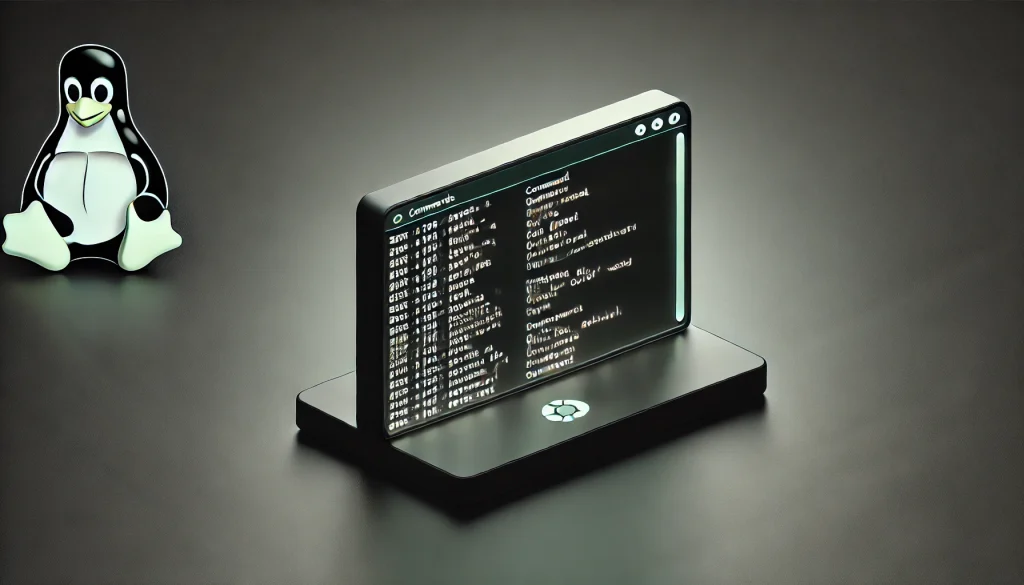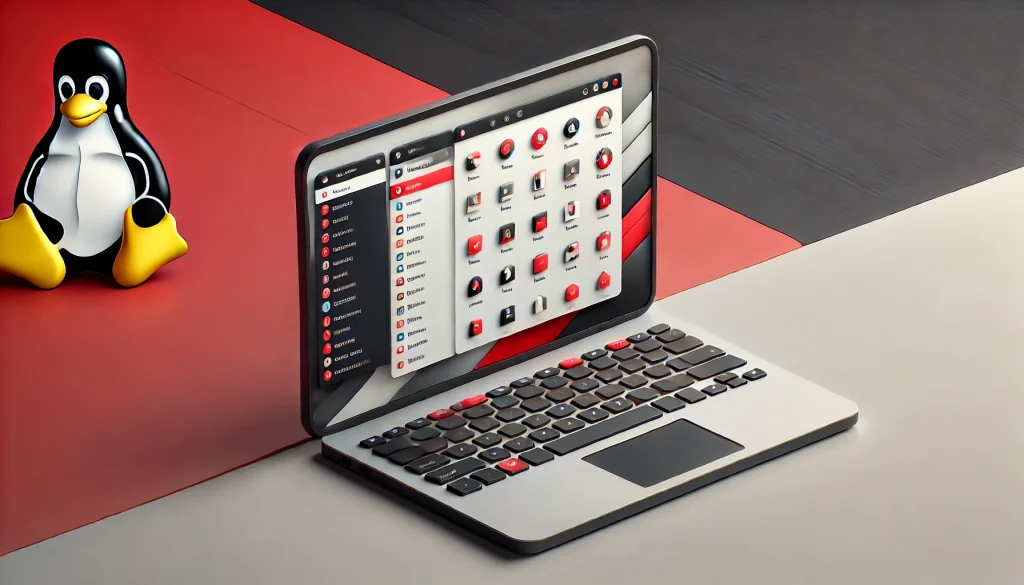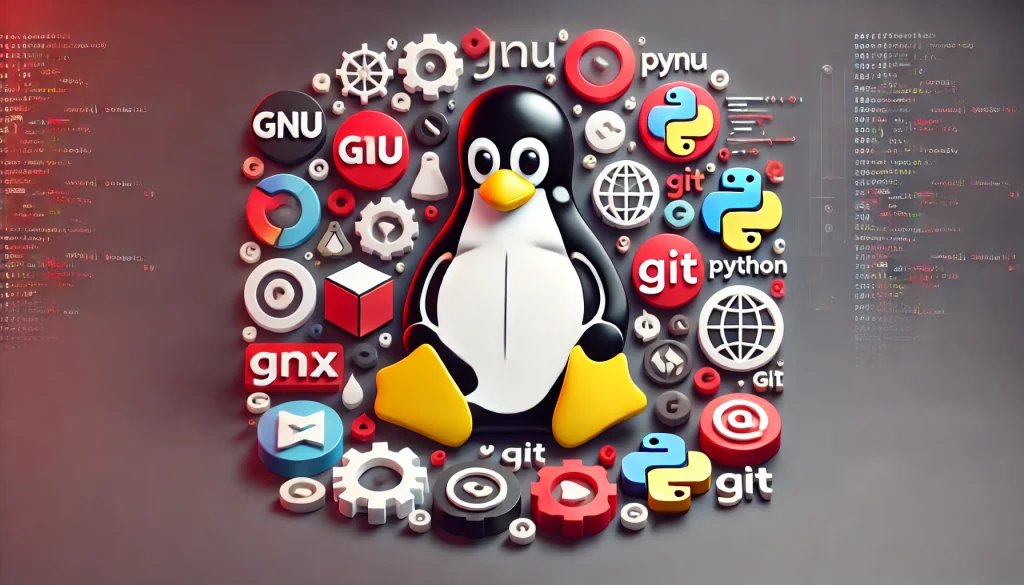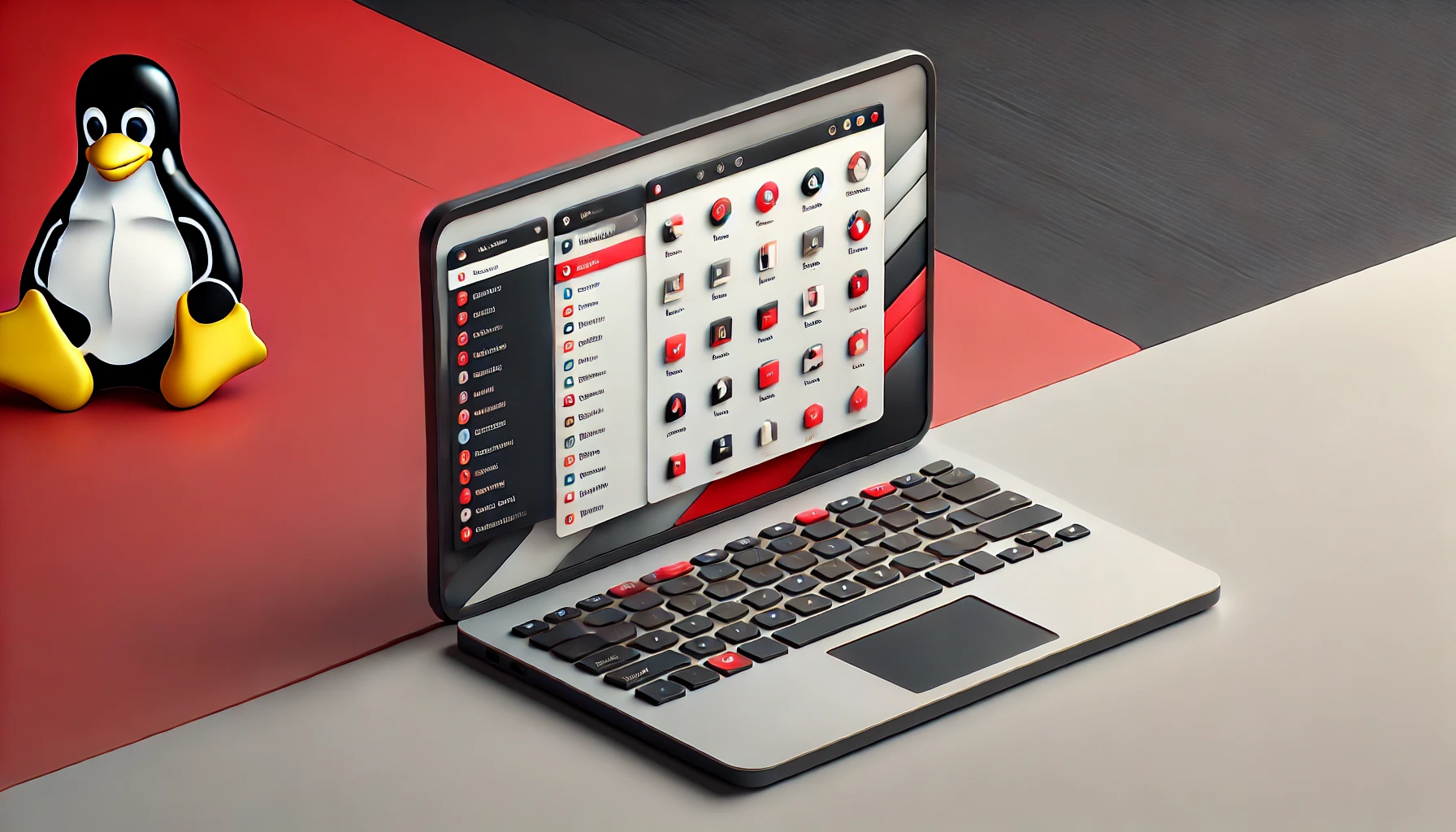
Linux has been around for decades, and yet, its relevance in the world of technology has only grown. In recent years, new distributions of this OS, such as Ubuntu and Kali, have made waves, bringing updates that focus on better performance, security, and user experience. This rise is a clear indicator of the growing demand for reliable and customizable operating systems. Linux is particularly significant for IT professionals, software developers, and anyone with an interest in open-source technologies. The developments in itnot only enhance personal computing but also serve the enterprise sector by offering alternatives to proprietary software like Windows and macOS.
This article delves into the basics of Linux, examining its most recent advancements, features, pros and cons, and its importance in the world of operating systems.
Overview
Linux is an open-source operating system (OS) built around the Linux kernel, first released by Linus Torvalds in 1991. Unlike Windows or macOS, this is free and open to modifications, allowing developers to customize the OS to suit their needs. It’s often used in servers, embedded systems, and even personal computers. One of the major selling points of this OS is its robust security features and high level of performance.
There are various distributions of Linux, commonly referred to as “distros,” each catering to different user needs. Popular ones include Ubuntu, Kali, and CentOS, each offering unique interfaces and capabilities. Over the years, this has become a favorite among developers and cybersecurity professionals, thanks to its flexibility, transparency, and extensive command-line interface. It is particularly well-suited for programming, server management, and network security.
Pros and Cons of Linux
| Pros of Linux Operating System | Cons of Linux Operating System |
|---|---|
| Open-source: Linux allows users to modify and contribute to its development, ensuring transparency and flexibility. | Steep learning curve: Linux requires a basic understanding of terminal commands and its file system, daunting for beginners. |
| Security: Linux is less vulnerable to malware and viruses due to its open-source nature and active community of developers. | Limited software availability: Commercial software like Adobe Photoshop and Microsoft Office may not be available for Linux. |
| Stability: Rarely crashes, making Linux ideal for server environments where uptime is crucial. | Hardware compatibility issues: Some hardware manufacturers do not provide drivers, complicating setup on certain devices. |
| Cost-effective: Free to use and distribute, reducing software licensing costs for individuals and organizations. | Limited gaming support: Gaming on Linux is still in its early stages, with a smaller library compared to Windows. |
| Support for older hardware: Linux can run efficiently on older hardware, extending the lifespan of outdated devices. | Scarce professional support: Businesses may find it costly to obtain professional-grade support for critical infrastructure. |
| Community support: A vast network of forums and blogs provides troubleshooting help and improves user experience. |
In-Depth Analysis

Performance
Linux is widely recognized for its superior performance when compared to other operating systems. It excels in resource management, efficiently utilizing CPU, memory, and storage. This is particularly important for users who run intensive tasks, such as software development, server management, and multimedia editing. On low-end hardware, it can breathe new life into machines that would otherwise struggle to run the latest version of Windows. For example, distributions like Lubuntu are tailored to run on older hardware while maintaining a responsive user experience.
Usability
When it comes to usability, Linux varies significantly depending on the distribution. Some distros, like Ubuntu, are designed to be user-friendly, providing a familiar graphical interface and easy-to-use software installation processes. Others, like Arch Linux, are geared towards advanced users who prefer manual installation and configuration. Command-line interface (CLI) is a major part of the experience, and while this may be daunting to new users, it provides unmatched control and flexibility for those who master it.
Design and Customization
One of the standout features of Linux is its customization. Users can modify every aspect of the operating system, from the desktop environment to kernel-level processes. This makes it highly adaptable to various use cases, from personal computing to enterprise servers. Users can choose from multiple desktop environments, such as GNOME, KDE, and Xfce, each offering different aesthetics and functionalities.
Security
Linux’s security model is a strong selling point. Because of its permission-based system, unauthorized users cannot execute potentially harmful applications or scripts without root access. Additionally, the community-driven development model allows for quick identification and patching of vulnerabilities. Many security professionals also favor Linux for penetration testing and ethical hacking, with distributions like Kali, specifically designed for these purposes.
Software Ecosystem
While the Linux software ecosystem is extensive in terms of free and open-source applications, it does lack certain popular proprietary software. However, alternatives like GIMP (for image editing) and LibreOffice (for productivity) provide suitable replacements. The software repository system makes installing and updating applications straightforward, especially when using package managers like APT or YUM.
Comparison with Windows and macOS

When comparing Linux to Windows and macOS, several key differences emerge. Windows is known for its user-friendly interface, broad software compatibility, and gaming support, but it is often criticized for being resource-heavy and vulnerable to security threats. macOS, on the other hand, is praised for its elegant design and seamless integration with Apple hardware but comes with a hefty price tag and lacks customization options.
Linux, in contrast, offers unparalleled customization, superior security, and excellent performance on a wide range of hardware. However, its learning curve and limited software availability remain obstacles for casual users. In terms of security, it outshines both Windows and macOS, thanks to its open-source nature and strong community vigilance.
Conclusion
In summary, Linux is an incredibly powerful and versatile operating system. While it may not be the best choice for everyone, especially beginners or gamers, it excels in areas like security, customization, and performance. As it continues to evolve with new distributions and updates, its role in both personal and enterprise computing will likely expand. Whether you’re a developer, IT professional, or tech enthusiast, it offers a unique computing experience that’s hard to beat.
Rating
4.5/5 Stars – Linux is a robust and secure operating system with unmatched customization, though it has a steep learning curve for newcomers.
Resources:
- dev.to. Introduction to Linux OS: A Beginner’s Guide
- DigitalOcean. An Introduction to Linux Basics
- GeeksforGeeks. 30 Days of Linux
- Linuxiac. What is Linux OS?
- PCWorld. How to Get Started with Linux

Brijesh Gohil is the founder of Tech Brij, A popular Tech Blog which is focused on Tech tips & Buying Guides. You can follow him on Facebook, Twitter, Google + & LinkedIn.

